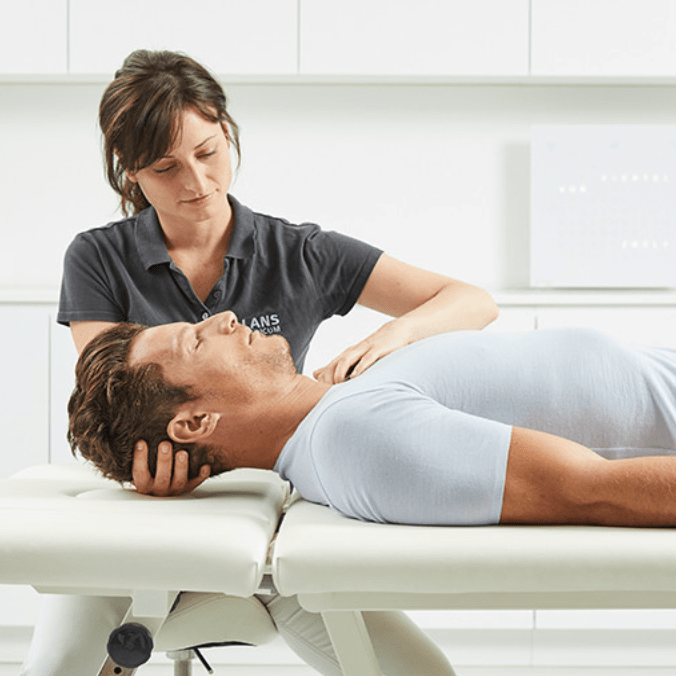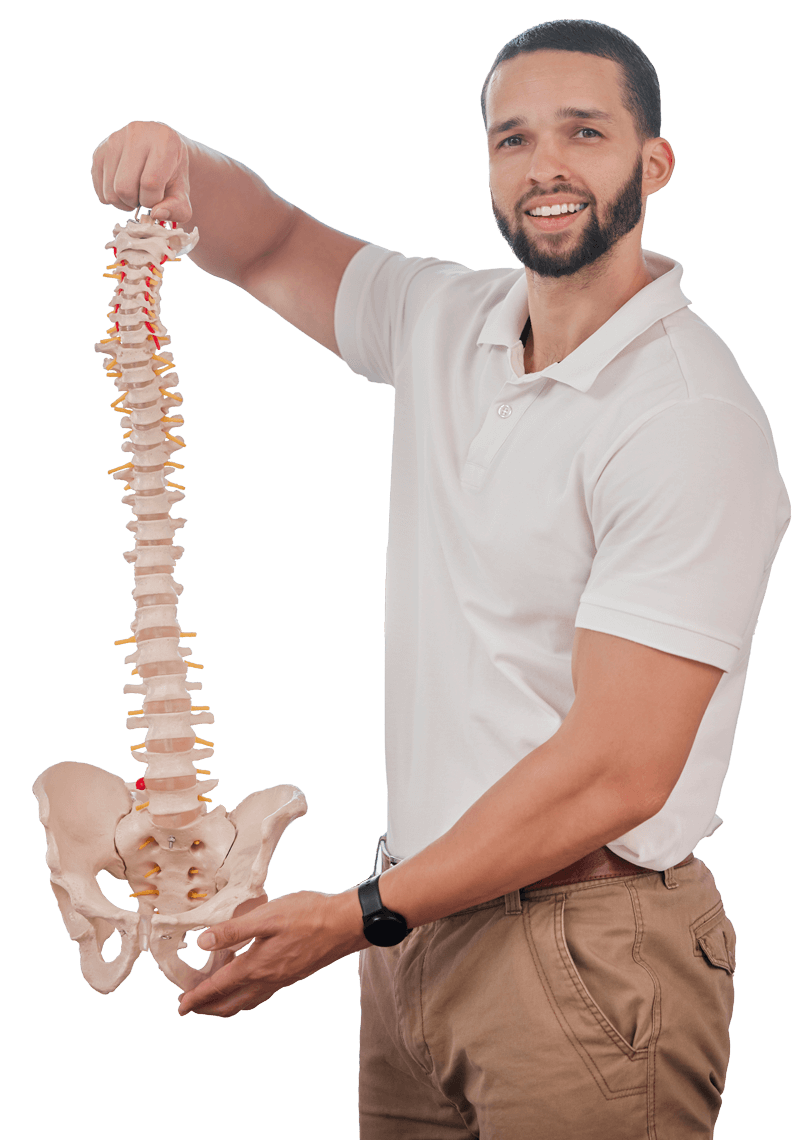Sometimes loss of balance, frequent falls, neck stiffness or pain in the lower neck and shoulder are not a cause of bone, tendon or muscle problems. DID YOU KNOW, your inner ear (also known as Vestibule) has a major role to play in maintaining your body balance? Vestibular Disorder can cause people to suffer from vertigo, dizziness, visual disturbance and as stated, loss of body balance.
What is Vestibular Rehabilitation Therapy?
Vestibular rehabilitation (VR), or vestibular rehabilitation therapy (VRT) is a specialized form of therapy intended to alleviate problems of balance caused by the vestibular disorder. It is an exercise-based program, designed by a speciality-trained vestibular physical therapist primarily to reduce vertigo and dizziness, gaze instability, and/or imbalance and falls. The feelings of dizziness are usually misunderstood and further taken for granted. It is a feeling of unsteadiness, Light-headedness, sensations of moving, spinning, floating, swaying, whirling (Vertigo). These sensations can be experienced when you are sitting, standing or even laying down. The symptoms can be constant or episodic in nature, only lasting seconds, minutes or hours because of which physical therapy for balance issues is extremely crucial, though underestimated.
How to cure Vestibular Disorder?
There are several exercises that one could learn in order to Treat Vestibular Disorder. Some of which include:
- Vision stability training
- Posture training
- Stretching and strengthening exercises
- Balance retraining
- Walking exercises
- Neck mobility/stretching exercises
- General fitness exercises
- Ergonomic training (This advice is given so that workplace furnishings can be adjusted to improve a person’s posture and decrease any discomforts.)
These exercises are determined for you only after a thorough evaluation of what exactly is your problem and a customized program is provided with the treatment. Patients are typically seen 1 to 2 times each week for 6 to 8 weeks, but this varies based on the patient’s diagnosis, the severity of symptoms, and response to therapy. Some patients may be seen for only 1 to 2 sessions; other patients may need continued treatment for a few months.
What type of Outcome one must expect from Vestibular Rehabilitation Therapy (VRT)?
VRT begins with a detailed clinical assessment that includes a comprehensive history of the patient along with current symptoms and how are they affecting the patient’s daily routine. These include:
- Medications
- Hearing problems, other medical issues
- Dizziness or blurry vision with head movements
- History of falls, previous and current activity level etc.
- Neck tightness, stiffness and/or pain
- Imbalance or the need to hold onto objects when walking
- Headaches
- Generalized “dizziness, wooziness and foggy head” feelings
- Vertigo/spinning
On evaluating the file, a customized plan is developed that would focus on treating the following which would result in:
- Decreased risk of falling
- A decrease in dizziness symptoms
- Improved balance
- Improved ability to stabilize vision/gaze
- Increased body strength
- Return to a prior level of movement/function
- Increase in confidence in the ability to maintain balance
- Improved neck motion, reduced symptoms
If you are suffering from any of the above-mentioned symptoms are not sure if you require Vestibular Therapy, get a quick health assessment today with a specialized Vestibular Physical Therapist at home with Care2Cure.
Ask us any questions at:
- 613-695-7733 (Prince of Wales)
- 613-440-6600 (Barrhaven)
E-MAIL: Info@care2curephysiotherapy.com
Or book an appointment with us today! We care for your cure. Facebook | Twitter | Instagram


